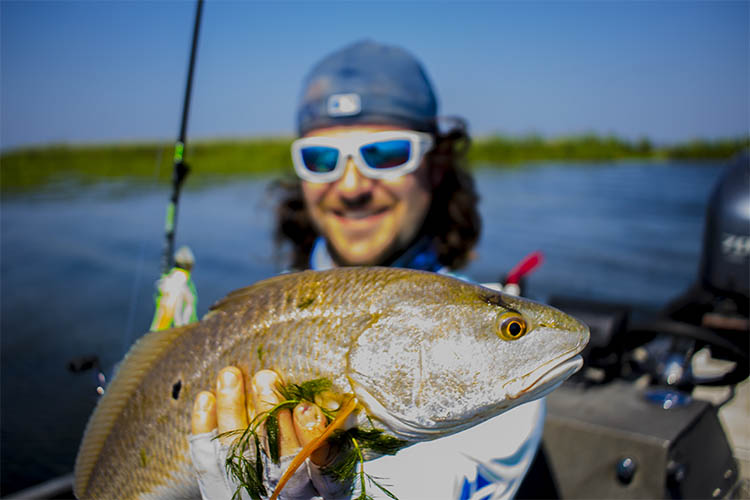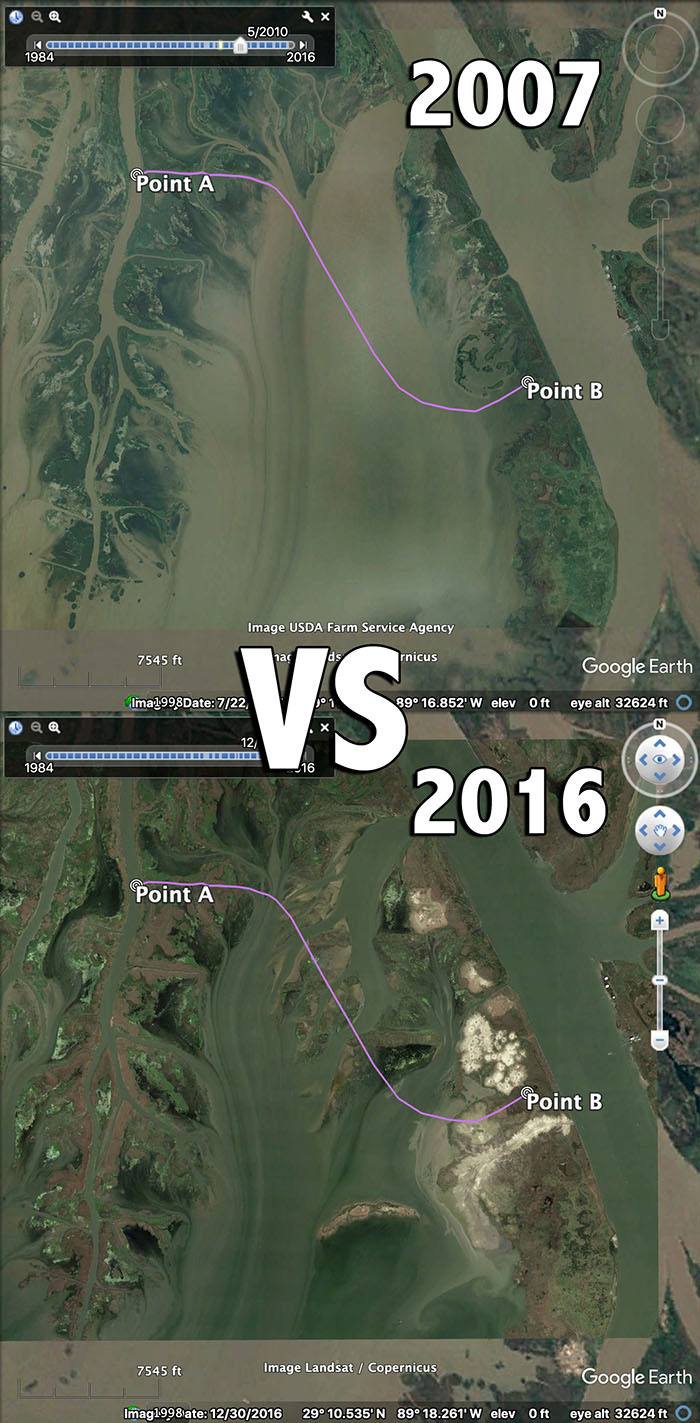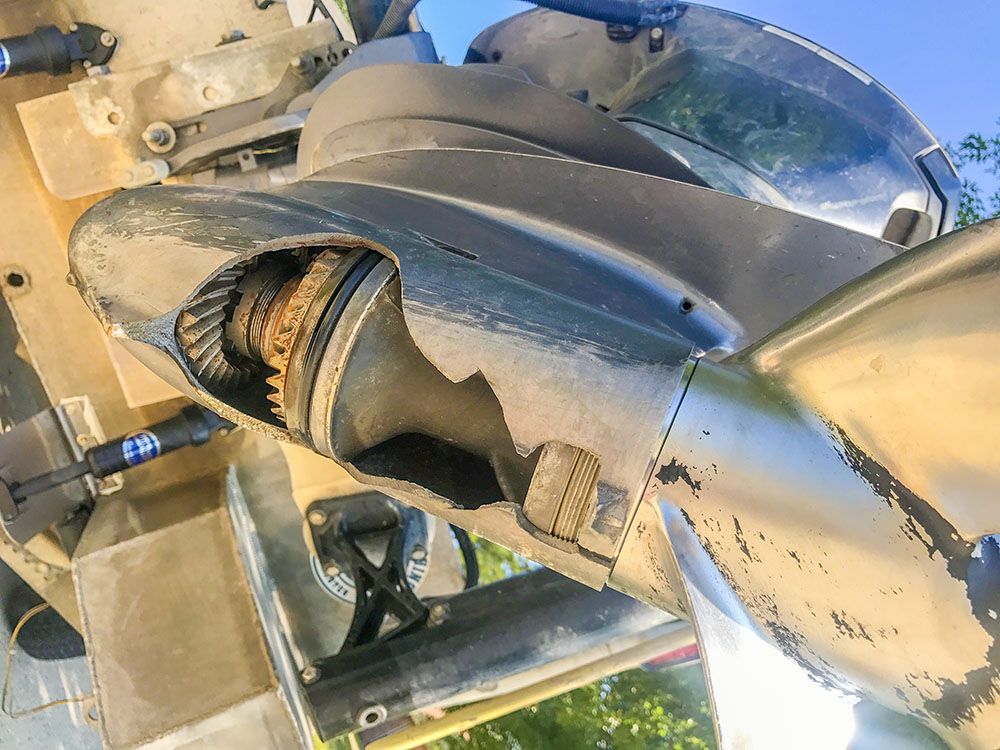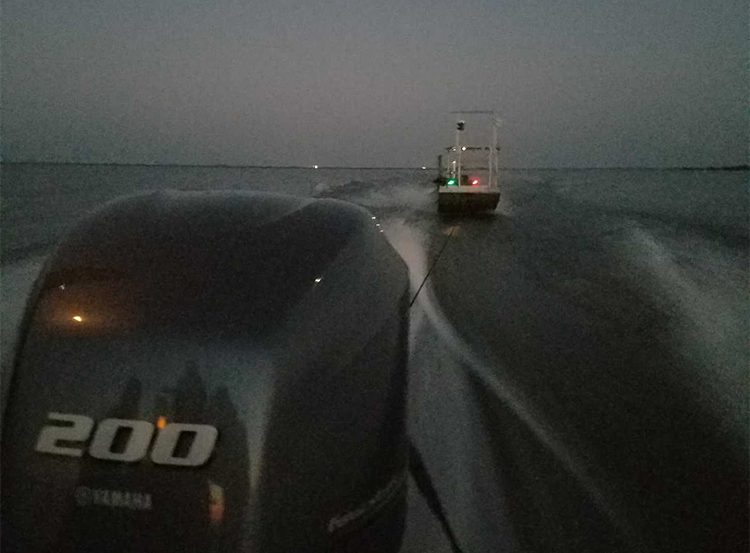Last year I experienced a bad boating accident in Venice, Louisiana. How did it happen? Watch this video to get the entire story.
It was one of those trips that started off really great, but ended really bad.
A fishin' friend by the name of Chris (you know...that Irish guy who out fishes native Louisianans) was coming back into town and wanted to see if he could hit the marsh for some redfish, and that's exactly what we did.
The plan? To fish Venice, which is arguably the redfish capital of the world.
Besides, if you've ever been there, then you know there's something special about fishing where the Mississippi River and Gulf of America collide.

We had a blast fishing the Pumpkin Patch and, after catching all morning, left fish to go exploring.
That's when things began going wrong...
Screw Up #1: Not Plotting (And Researching) My Routes
We left a productive pond to go exploring other ones, which is great!
The best way to learn any marsh, for sure, is to run your boat and see for yourself.
This is good for your long term fishing success, but it can come with a price tag, and how expensive that price tag is depends on how prepared you choose to be.
To say that we were fairly prepared would be accurate: we were running with a good GPS and mapping chip, but it wasn't enough, especially since I had broken from my routine of plotting and researching routes on Google Earth before the fishing trip.
This isn't a big deal in most places, where the marsh mostly remains the same (i.e. Biloxi Marsh, Hopedale) but is a cardinal sin in places that change frequently, such as Venice.
Advanced Inshore Navigation
If you've completed Inshore Fishing 101, then you already possess the knowledge on changing land, and know how to adapt so you safely navigate the marsh.
If I had used what's in those lessons then we would've avoided Screw Up #2!
We eventually ended up in West Bay, encountering new sandbars, running aground then pushing the boat off.
The GPS map was not up-to-date for this area, since the Mississippi River had very recently built land there, so what appeared to be open water was in fact more sandbars...or islands with trees on them!

It's easy to see why avoiding those sandbars by taking a shorter and safer route home seemed like a good choice.
And that's exactly what I thought when we headed down a perfectly normal-looking canal to jump into the Mississippi River.
Screw Up #2: Running Down a Rock Laden Canal
I swear this thing was designed to kill lower units:
- It appeared navigable on the map, like any other canal in Louisiana
- This canal looked fine as we approached it
- There was nothing marking the large rocks just under the surface
Yup, that's right!
Huge, nasty rocks just deep enough they couldn't be seen, but shallow enough to easily reach the lower unit of any boat.
The sound metal makes on rock at 35mph is sickening and unmistakable.
When I trimmed up the lower unit, it wasn't to see if it was okay, it was to see how much was left!

We Weren't Totally Screwed
To make a long story short, we had SeaTow on standby as Captain Nick Lapre came to get us.
Notes on Nick
You can listen to Captain Nick's story in Episode 77 of Inshore Interviews.
To book a trip with Captain Nick Lapre, call 504-250-9887 and request him or visit Southern Exposure Fishing.
Here's a pic of GnarTooth in tow as Captain Nick saves the day.

What can we learn from this?
I'm confident in my abilities to safely navigate any marsh, familiar or not, and that confidence comes from years of experience using what's taught inside Inshore Fishing 101.
But this time I didn't do my homework and paid a hefty price for it.
Spots like the canal that got me will get you too, unless you do one of two things:
- Someone tells you about it beforehand (not likely)
- Learn how to plot and research your own routes
It isn't realistic anyone is going to stop you and say "Hey man, watch out for this canal in Venice" because there are so many hazards out there already.
But if you learn how to do #2, you are taking real responsibility for your fishing trips and will greatly reduce risk anywhere you want to go fishing in Louisiana.
Watch the next video to see exactly the kind of homework that should have been done, as well as where this dangerous canal is located.

No sweat, and thank you for reading!
Thanks for the info.